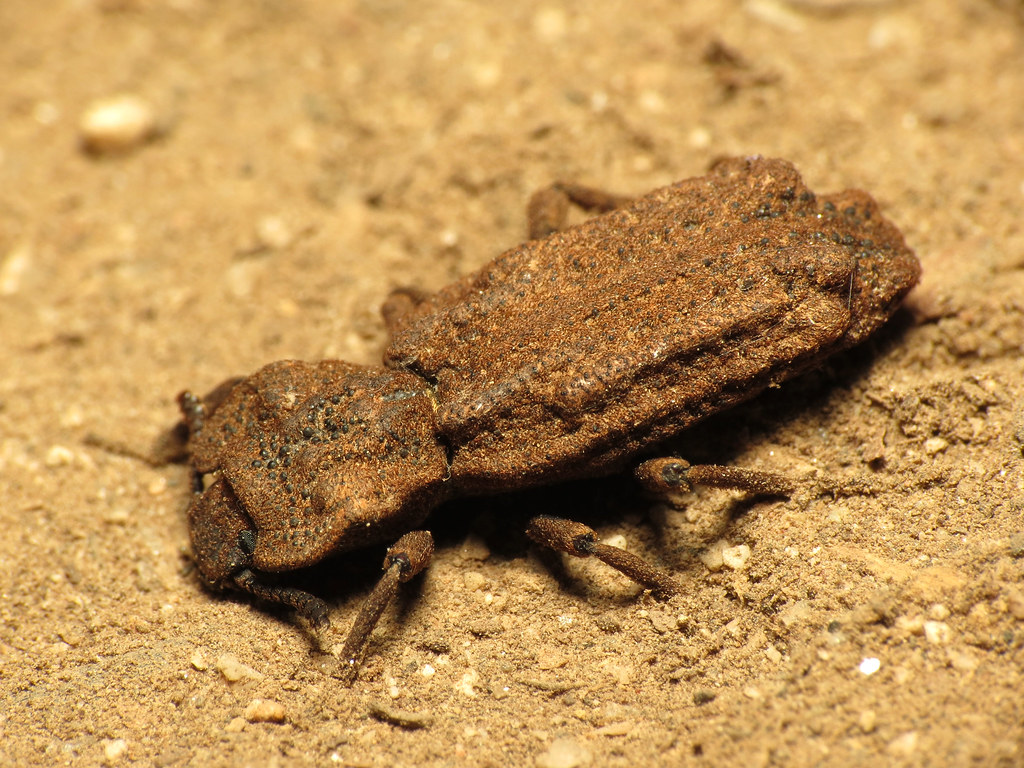Imagine a tiny creature that could survive being run over by a car. Not just once, but repeatedly. This isn’t science fiction—it’s the incredible reality of California’s ironclad beetle, a living tank that has evolved one of nature’s most remarkable defense systems. Found in the deserts of California and the southwestern United States, this unassuming beetle has captured the attention of scientists worldwide, not for its beauty or size, but for its absolutely mind-blowing ability to withstand forces that would crush almost any other living thing.
The Incredible Crushing Power This Beetle Can Withstand
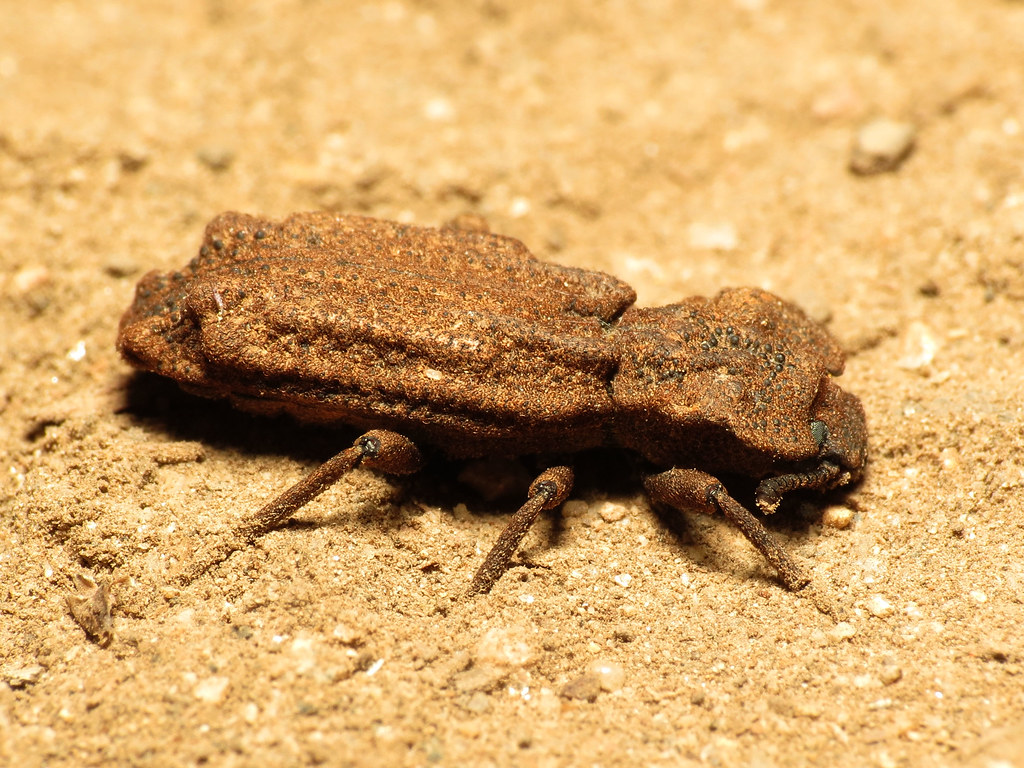
The ironclad beetle can survive being crushed by forces up to 39,000 times its own body weight. To put this in perspective, that’s like a human being able to withstand the weight of about 280 elephants standing on top of them. Researchers have literally driven cars over these beetles, and they walk away unharmed. Scientists have applied pressures equivalent to being squeezed in a hydraulic press, yet the beetle emerges completely functional. This extraordinary resilience isn’t just impressive—it’s redefining what we thought was possible in the animal kingdom. The beetle’s survival capabilities are so extreme that engineers are now studying its structure to develop new materials for aerospace and automotive industries.
Meet the Diabolical Ironclad Beetle

Officially known as Phloeodes diabolicus, this beetle earned its dramatic common name for good reason. The “diabolical” part of its name comes from its nearly impossible-to-kill nature, which frustrated early collectors who couldn’t pierce it with pins for their collections. These beetles are relatively small, measuring only about an inch long, with a dark, matte finish that makes them look like tiny pieces of charcoal. They’re flightless creatures that spend most of their time hiding under rocks and logs in desert environments. Despite their tough exterior, they’re actually quite peaceful, feeding primarily on fungi and decaying organic matter. Their slow, deliberate movements give them an almost prehistoric appearance, like miniature armored dinosaurs walking through the desert.
The Secret Behind Their Armor-Like Shell

The ironclad beetle’s shell isn’t just thick—it’s engineered like a masterpiece of natural architecture. Unlike most beetles that have flight wings, the ironclad beetle has evolved its wing covers (called elytra) into an incredibly strong protective shield. These wing covers are fused together and reinforced with a complex internal structure that distributes crushing forces across the entire body. The shell contains multiple layers of different materials, each with specific properties that work together to absorb and redirect impact forces. Scientists discovered that the beetle’s exoskeleton contains a unique arrangement of protein fibers that act like shock absorbers. This natural composite material is so effective that it outperforms many human-engineered materials in terms of toughness and durability.
How Scientists Discovered This Crushing Resistance

The discovery of the ironclad beetle’s incredible strength came about through a combination of accident and scientific curiosity. Early entomologists noticed that these beetles were nearly impossible to pin for collections, with pins often bending or breaking instead of piercing the shell. Researchers began systematically testing the beetle’s limits using compression machines typically used for testing building materials. They gradually increased the pressure, expecting the beetle to be crushed at relatively low forces compared to other materials. Instead, they watched in amazement as the beetle withstood pressures that would destroy steel of similar thickness. The breakthrough moment came when scientists realized they weren’t just looking at a tough bug—they were witnessing a revolutionary natural engineering solution that could inspire human technology.
The Microscopic Engineering Marvel
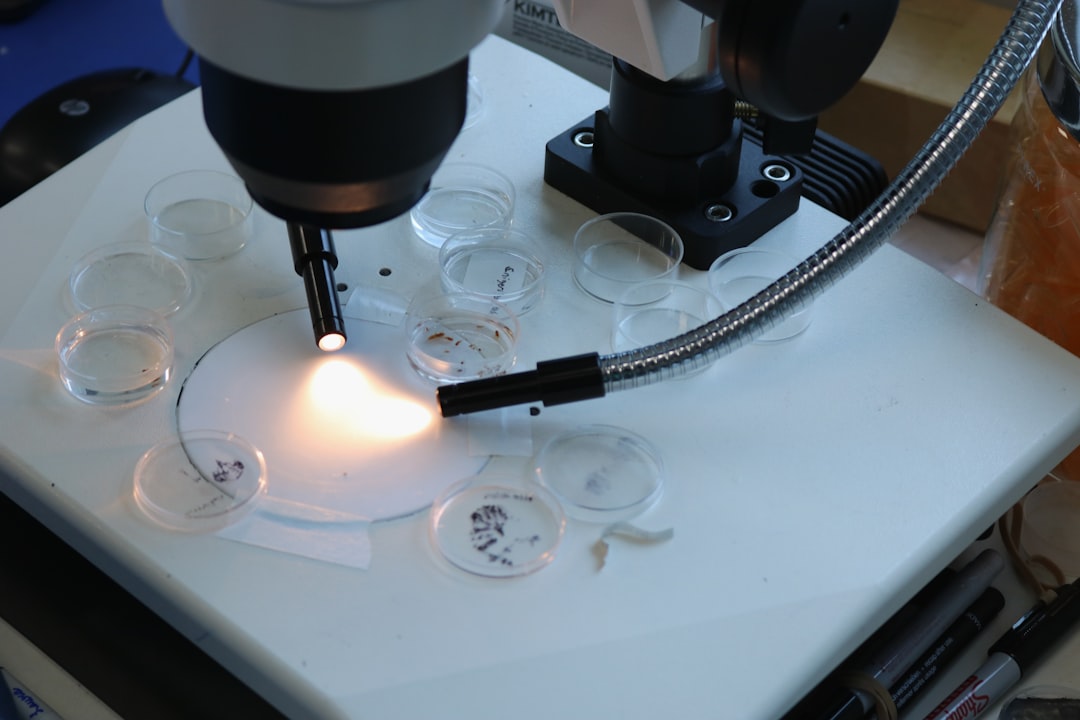
When scientists examined the beetle’s shell under powerful microscopes, they discovered a structure that would make any engineer jealous. The exoskeleton consists of layers that interlock like puzzle pieces, with each layer having a different grain direction that prevents cracks from spreading. At the microscopic level, the shell contains thousands of tiny tubes and channels that help distribute stress evenly across the surface. The protein structures are arranged in a way that allows them to deform slightly under pressure without breaking, then return to their original shape when the pressure is removed. This flexibility within rigidity is what allows the beetle to survive being compressed and then simply walk away. The entire system works like a biological shock absorber that can handle extreme forces while protecting the delicate organs inside.
Why Evolution Created This Living Tank

The ironclad beetle’s incredible toughness didn’t develop by accident—it’s the result of millions of years of evolutionary pressure in harsh desert environments. These beetles face constant threats from predators like birds, lizards, and rodents that would love to make them a meal. Being flightless, they can’t escape by flying away, so they evolved to become essentially indestructible instead. Their habitat is full of rocks and debris that could easily crush smaller, more fragile insects. The ability to survive being stepped on by large animals or having rocks fall on them provides a significant survival advantage. This evolutionary strategy of “become uncraftable” has proven so successful that ironclad beetles have thrived in desert environments where many other species struggle to survive.
The Beetle’s Unique Lifestyle and Habitat
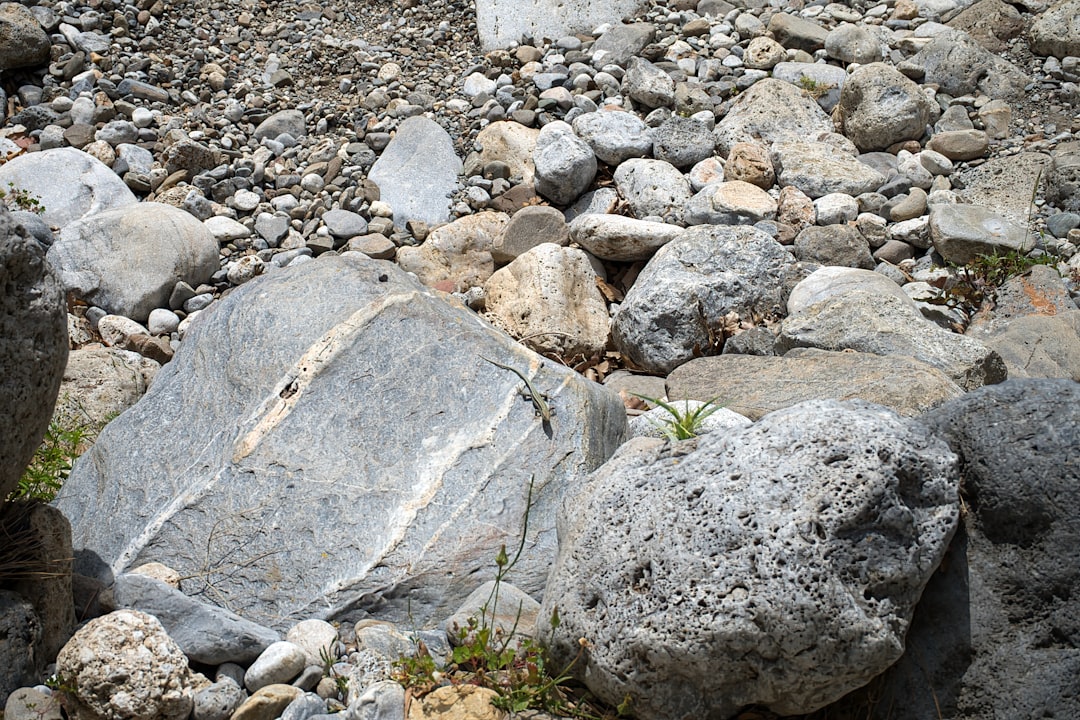
Ironclad beetles live a remarkably slow-paced life in the deserts of California, Arizona, and Mexico. They prefer to hide under rocks, logs, and in crevices during the day, emerging at night to search for food. These beetles are incredibly long-lived for insects, with some individuals surviving for several years in the wild. They’re not picky eaters, feeding on fungi, decaying plant matter, and sometimes even lichen growing on rocks. During the hottest parts of summer, they can enter a state similar to hibernation, slowing their metabolism to conserve energy and water. Their slow movement isn’t just due to their heavy armor—it’s also an energy conservation strategy that helps them survive in environments where food can be scarce for long periods.
What Happens When You Actually Try to Crush One
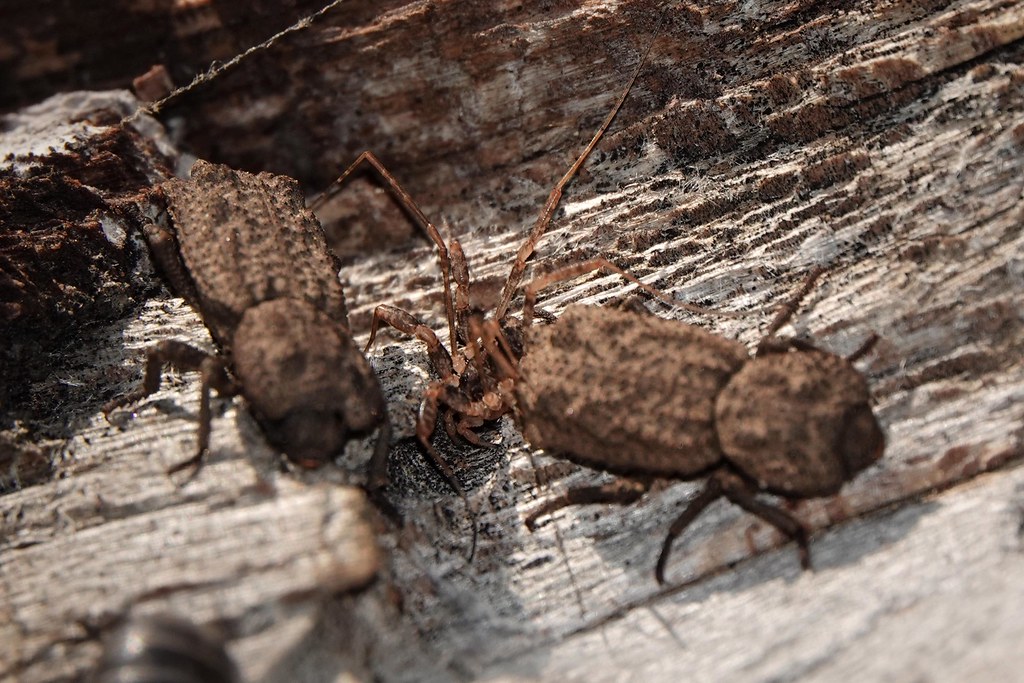
When pressure is applied to an ironclad beetle, something remarkable happens that defies our expectations of what should occur. Instead of the shell cracking or the beetle being flattened, the entire exoskeleton compresses slightly and then springs back to its original shape. The beetle might appear to be “squished” for a moment, but as soon as the pressure is released, it pops back to normal and continues walking as if nothing happened. During compression tests, scientists observed that the beetle’s legs might be temporarily pressed against its body, but they emerge unharmed and fully functional. Even when subjected to forces that would turn a human into paste, the beetle’s internal organs remain completely protected and undamaged. The most surprising part is that the beetle shows no signs of stress or injury after these crushing experiences—it simply continues its normal activities.
Revolutionary Applications in Human Technology

Engineers and materials scientists are now racing to unlock the secrets of the ironclad beetle’s natural armor for human applications. Researchers are developing new composite materials based on the beetle’s shell structure for use in aircraft and spacecraft that need to withstand extreme conditions. The automotive industry is particularly interested in applying this knowledge to create safer car frames that could better protect passengers in crashes. Military applications include developing better body armor and protective equipment that could save lives in combat situations. Even the construction industry is exploring how these principles could be used to create buildings that are more resistant to earthquakes and other natural disasters. The beetle’s design is inspiring a whole new field of “bio-inspired engineering” that could revolutionize how we approach material science and structural design.
Comparing the Ironclad to Other Tough Insects

While many insects have impressive defensive capabilities, the ironclad beetle stands in a league of its own when it comes to pure crushing resistance. Rhinoceros beetles are incredibly strong and can lift objects many times their weight, but they would be easily crushed by forces that the ironclad beetle shrugs off. Bombardier beetles can spray boiling chemicals at attackers, but their shells are relatively fragile compared to the ironclad’s armor. Even heavily armored insects like some ground beetles and darkling beetles pale in comparison to the ironclad’s defensive capabilities. The closest comparison might be certain deep-sea creatures that have evolved to withstand crushing ocean pressures, but they live in water which helps support their bodies. The ironclad beetle achieves its incredible toughness while living and moving freely on land, making it truly unique in the insect world.
The Beetle’s Surprising Weaknesses
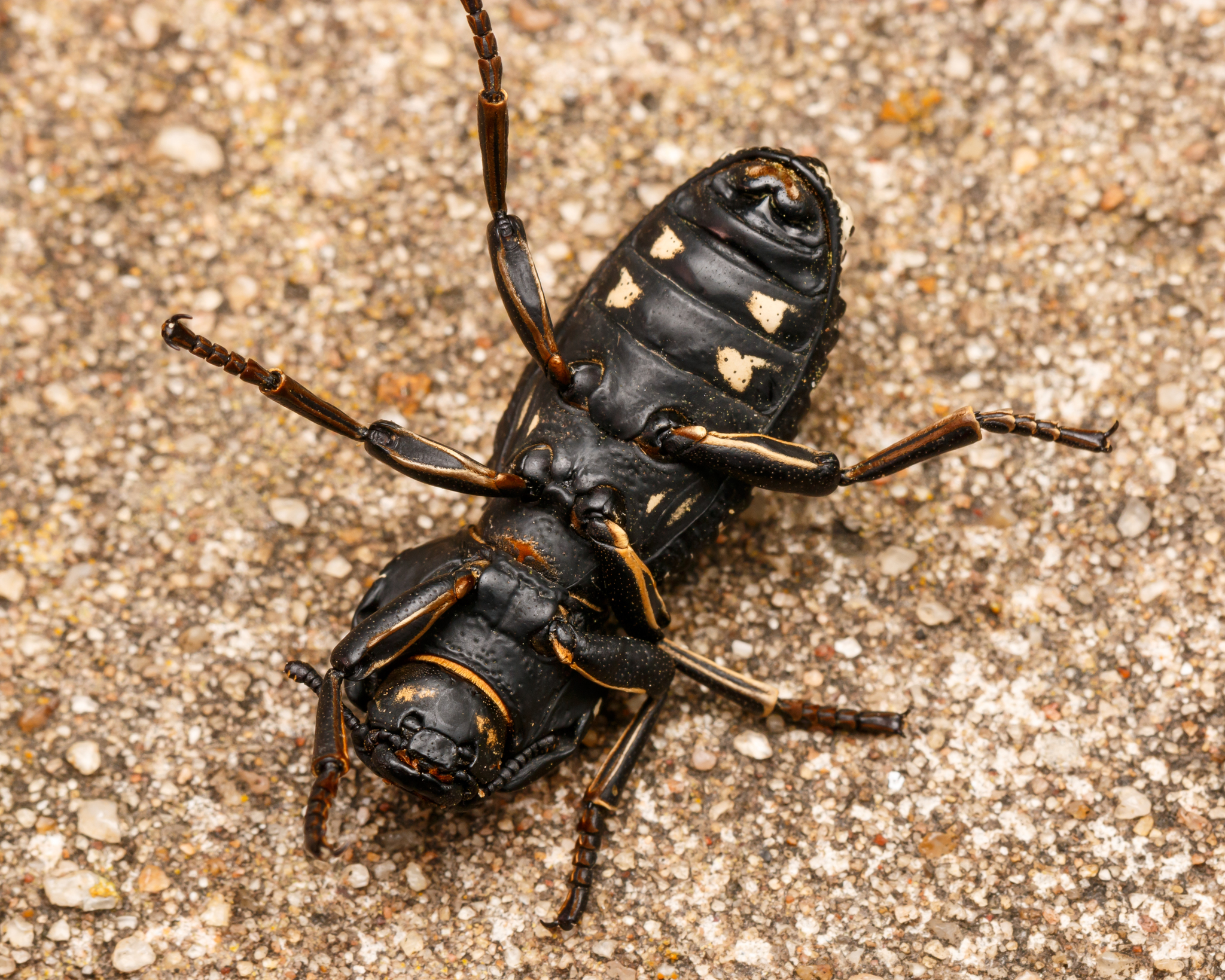
Despite being nearly indestructible to crushing forces, the ironclad beetle does have some vulnerabilities that might surprise you. High temperatures can be lethal to these desert dwellers, as their dark shells can absorb heat quickly in direct sunlight. They’re also vulnerable to drowning, as their heavy, sealed shells make them poor swimmers if they fall into water. Chemical pesticides can penetrate their armor through their breathing holes, making them susceptible to certain types of poison. Sharp, pointed objects can sometimes find weak spots between shell segments, though this requires precise placement and considerable force. Perhaps most surprisingly, their own success as an armored tank makes them slow and less agile than other beetles, potentially making them easier targets for patient predators who know their weak spots.
Current Research and Future Discoveries

Scientists around the world are currently conducting intensive research to fully understand every aspect of the ironclad beetle’s remarkable abilities. Advanced imaging techniques are revealing new details about the microscopic structure of their shells almost daily. Researchers are also studying how these beetles develop their incredible armor, hoping to understand the genetic and biological processes involved. Some teams are investigating whether the beetle’s toughness could be enhanced or modified through genetic engineering techniques. Others are exploring whether similar defensive mechanisms exist in related species that haven’t been discovered yet. The field is moving so rapidly that new applications and discoveries are emerging constantly, with each finding potentially opening up entirely new technological possibilities that could benefit humanity in unexpected ways.
Environmental Importance and Conservation

The ironclad beetle plays a crucial role in desert ecosystems that extends far beyond its remarkable defensive abilities. These beetles serve as important decomposers, breaking down dead plant material and fungi, which helps recycle nutrients back into the harsh desert environment. They also serve as food sources for various desert predators, despite their tough defenses, as some animals have learned to exploit their few weak points. Climate change and habitat destruction pose real threats to ironclad beetle populations, even though they seem nearly indestructible. Desert development, mining operations, and changing weather patterns could disrupt the delicate balance these beetles have maintained for millions of years. Protecting their habitat isn’t just about preserving a fascinating species—it’s about maintaining the integrity of entire desert ecosystems and ensuring that future generations can continue to learn from these remarkable creatures.
The Future of Biomimicry Inspired by These Beetles
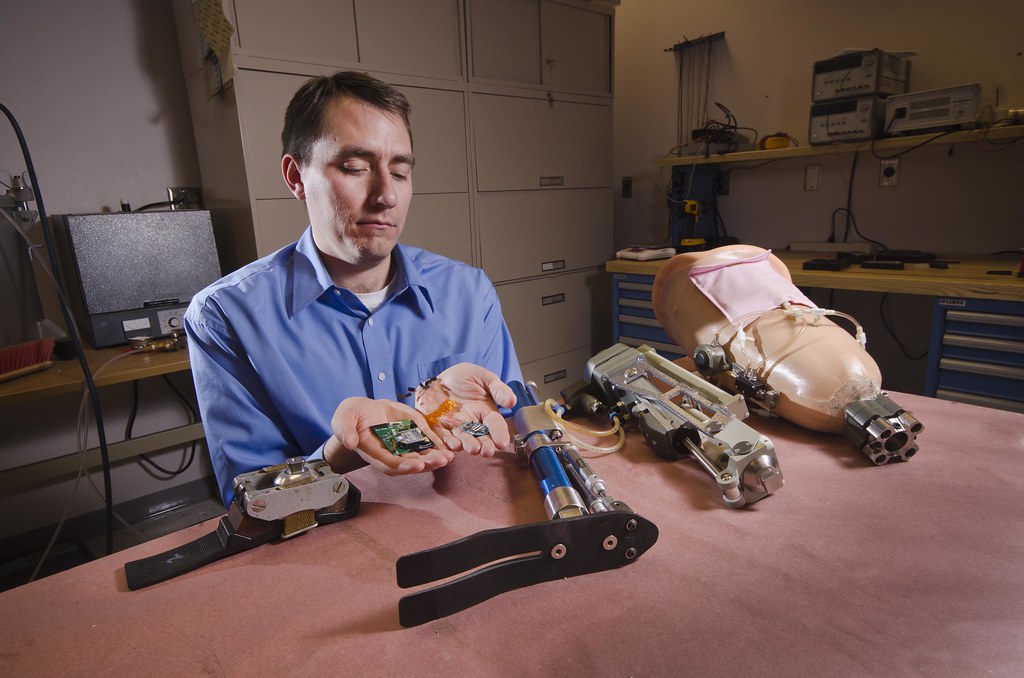
The ironclad beetle is ushering in a new era of biomimicry that could transform multiple industries within the next decade. Researchers are already developing prototype materials that mimic the beetle’s layered shell structure, with early results showing incredible promise for applications ranging from personal protective equipment to spacecraft shielding. The construction industry is exploring how these principles could create buildings that flex rather than break during earthquakes, potentially saving thousands of lives. Medical applications are also being investigated, including developing better prosthetics and protective equipment for people with disabilities. Perhaps most excitingly, space exploration could benefit enormously from ironclad beetle-inspired materials that could protect astronauts and equipment from the extreme conditions of space travel. The beetle’s natural engineering solutions are proving to be so effective that they’re challenging our fundamental assumptions about how to build strong, resilient structures.
Conclusion

As we continue to unlock the secrets of this remarkable desert survivor, one thing becomes clear: nature’s solutions often surpass our wildest engineering dreams. What other incredible adaptations are waiting to be discovered in the natural world, and how might they reshape our future? Each discovery like this challenges our assumptions about strength, design, and survival. It also reminds us that nature doesn’t rush—it builds with purpose, layer by layer, over time. Looking closely at life forms like the ironclad beetle pushes us to think differently, to observe more carefully, and to ask better questions.

